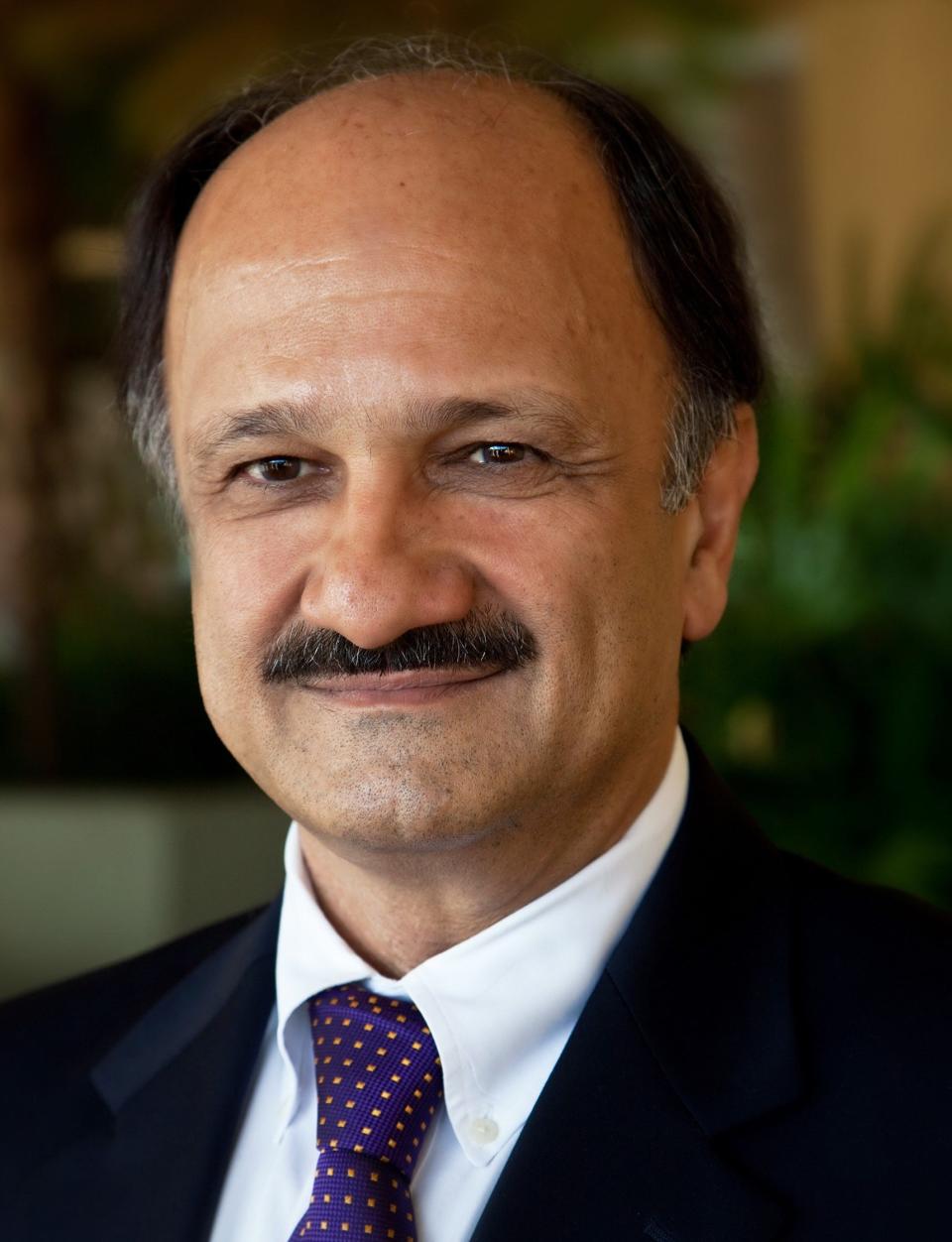Guest column: Income distribution cause of high COVID-19 deaths in US
Despite making up only 4.25% of the world’s population in 2019, the United States is No. 1 in many ways. It constituted the largest share of the world’s gross domestic product (GDP) among all countries that year at 24%.
The U.S. also holds the top spot in military expenditures. In 2020, U.S. military expenditures exceeded the sum of the next 11 highest-spending countries. This indicates that our political leaders allocate our resources disproportionately toward military expenditures. Meanwhile, a great proportion of our elected officials deny assistance to millions of families for desperately needed services such as early childhood education or investment in dilapidated infrastructure. They always point to the same excuse: Who is going to pay for it?
One of the hardest-to-accept ways that the U.S. has an outsized rating for its population is in fatalities due to COVID-19. Information in mid-January showed the U.S. suffered 15.7% of the total deaths in the entire world after all the improvements during last year. We should ask ourselves why the richest country on earth is in this position.
We have known for a long time that ZIP code is a determinant of our life expectancy. COVID-19 demonstrated this in many plain and painful ways. We keep talking about not having enough testing facilities, and after two consecutive governments ignored all the warning signs we are now rushing to send free kits to households. Higher-income Americans don’t face a shortage because they usually can pay more for them to be delivered quickly by the companies that continue to make windfall profits.
The same is true for test results: If patients are willing to pay more, they get the results faster. Their insurance companies may pay for it if they want to wait. Getting results faster reduces spread of the virus and the severity of infection and saves more lives. Our economic system is not interested in saving lives.
The U.S. is No. 1 among all developed countries for spending the highest proportion of its GDP, close to 20%, on health care, and yet there are tens of millions of people who are uninsured and many more insufficiently insured. Data dating back to pre-COVID-19 days shows that the U.S. has 2.4 hospital beds per 1,000 people, while Japan and South Korea have more than 13 and 12, respectively. This is because medical care is provided for those who have the ability to pay for it or secure it through their work in the U.S. In other words, a necessity is treated as a privilege and not as a human right. We pay dearly for health care, but much of it goes toward profits rather than people in need.
Corporate media spend countless hours every day telling us how fragmented we are, which is true, but they are not interested in exploring the reasons. Recent research from Rand funded by the Fair Work Center shows that the upward redistribution of income over the past 50 years has cost American workers a staggering $50 trillion. Income distribution remained steady for three decades following World War II, but it has changed remarkably since then. If it had remained the same, the aggregate annual income of Americans earning in the 90th percentile — all but the top 10% of earners —would have been $2.5 trillion higher in the year 2018 alone. This would be enough to pay every single one of them an additional $1,144 every month. We cannot afford to improve the economic condition of 90% of Americans because our system is set up to serve the top 1%. No wonder the Pew Research Center found Americans' trust in government dropped from a high of 77% in 1964 to 24% in 2021.
It is time to acknowledge that income distribution, which is a direct result of the economic policies of every single administration since the mid-1970s, is the main reason we cannot improve health care and other necessities of life. We need to bring about a major change in our thinking and the way our economy is run if we want better days ahead.

Jamshid Damooei is the executive director of the Center for Economics of Social Issues at California Lutheran University.
This article originally appeared on Ventura County Star: Guest column: Income distribution cause of high COVID-19 deaths in US

